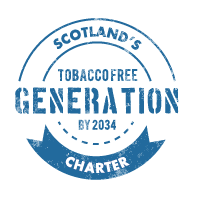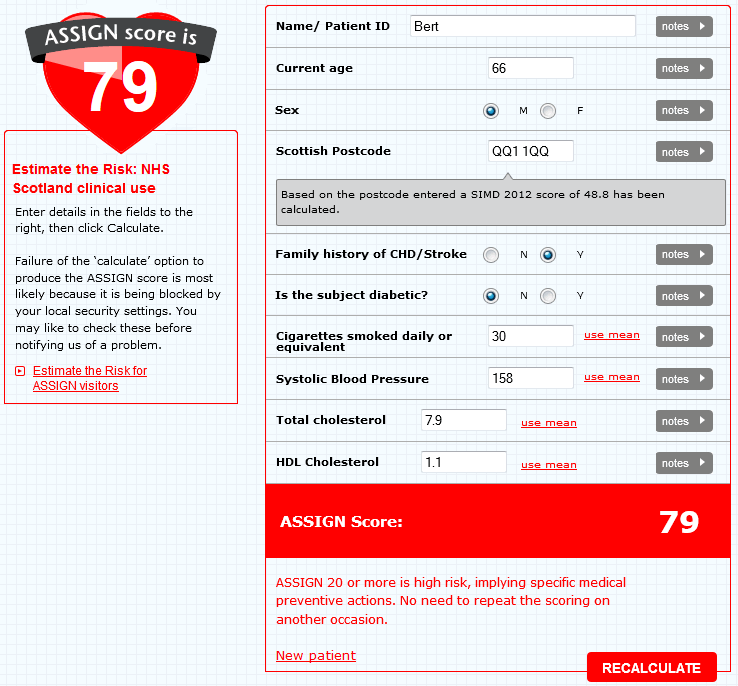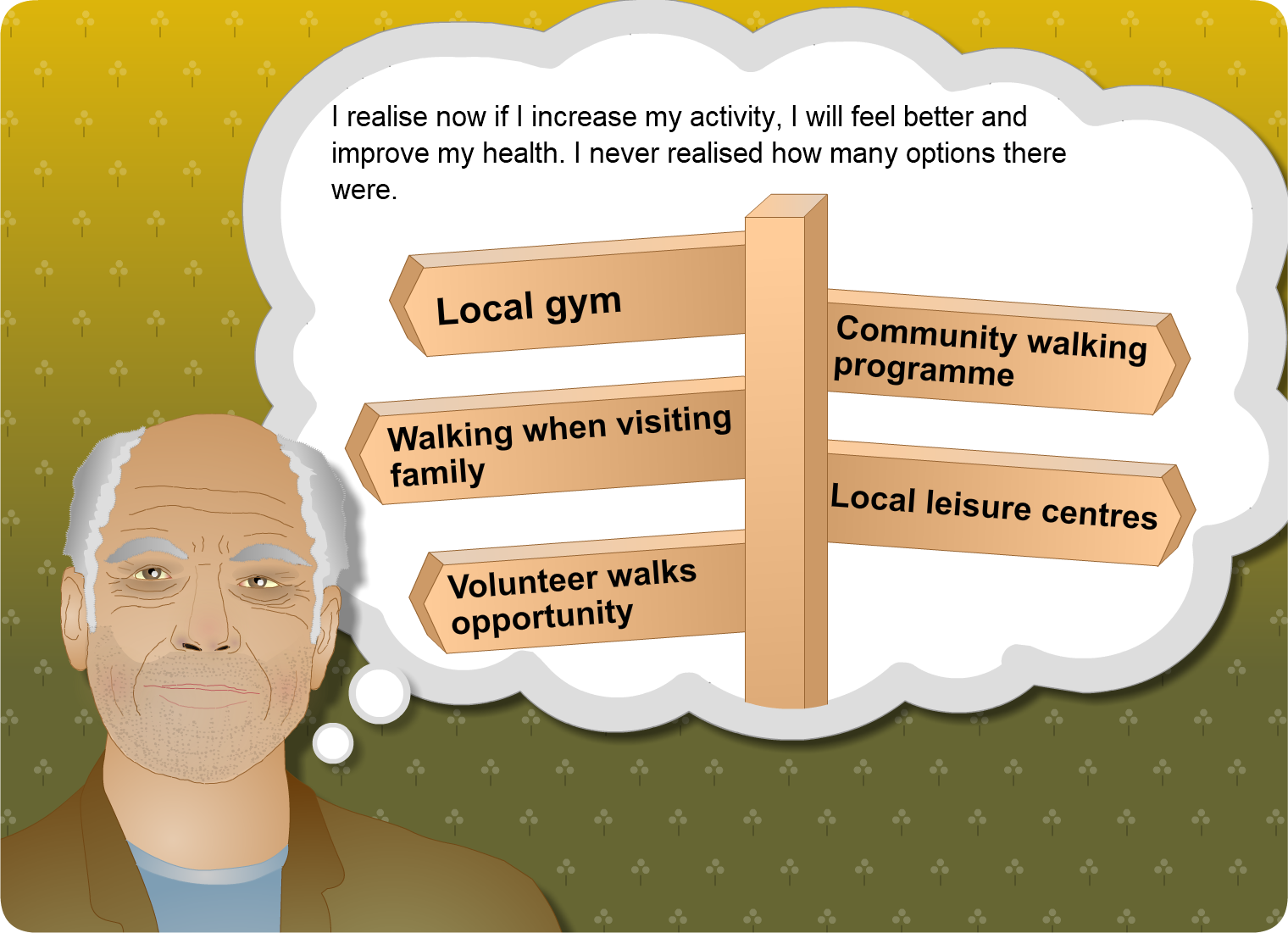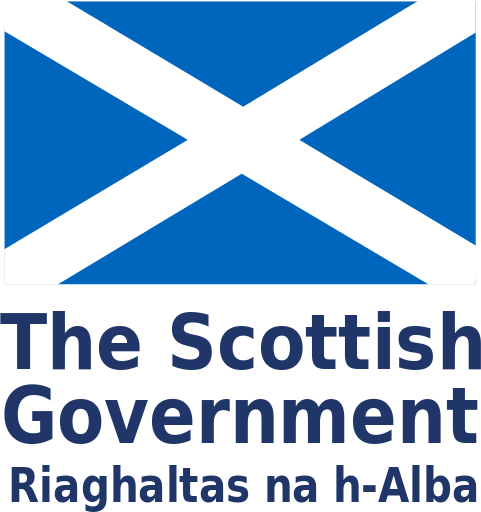Learning outcomes
- Describe the pathophysiology of coronary artery disease.
- Describe and define stable angina including signs and symptoms the patient may present with.
- Demonstrate knowledge of targeted risk factor management.
- Outline the pharmacological management of stable coronary artery disease.
- Demonstrate knowledge of appropriate investigations and interventions for stable coronary artery disease (angina).
General Medical Disclaimer: The information, including but not limited to, text, graphics, images, recommendations, opinions and other material contained on or accessed through this website (or in any module or content accessible through this website) (together “Website”), is intended for general informational purposes only. The information should not be considered as professional medical advice, diagnosis, recommendations or treatment. The information on this Website is provided without any assurance, representations or warranties, express or implied. We do not warrant that the information on this Website is applicable to all healthcare practices, geographical locations, health needs or circumstances. We do not warrant that the information on this module is complete, true, accurate, up-to-date, or non-misleading. You should always seek the guidance of a qualified healthcare professional before making any decisions related to your health or wellbeing. Never disregard or delay seeking medical advice due to something you have read on this Website. The use of or any reliance placed on any information provided on or accessed through this Website is solely at your own risk. If you have any specific questions or concerns about your health, please consult a qualified healthcare provider or other qualified medical professional. Do not rely on the information on this Website as an alternative to medical advice from your doctor or other qualified professional healthcare professional or healthcare provider.
The benefit of working in partnership with people with high risk and multiple risk factors cannot be underestimated to ensure:
- understanding of medication management (lifelong treatment including up-titration of medication and further treatment to ensure treatment to evidence based targets)
- need for clinical monitoring (blood tests, blood pressure measurement)
- responsibility and support with lifestyle modification
- don’t settle for ‘near enough’. Treat to target. If this is proving difficult seek advice from the specialist in your local cardiovascular risk clinic.
Bert concentrates on his stopping smoking and increasing his activity. His increased social interests benefit his mental health and he begins to address other areas of his life, including diet.
He continues to be supported within the practice but is in control of his choices and future health.
Because Bert is maintaining his lifestyle changes, together with his medication, he is managing his cardiovascular disease risk.

At the smoking cessation the Stop Smoking Services professional discusses a number of steps that Bert will be supported with. This will involve:
- Explanation of format and length of support programme
- Confirmation with Bert that he is motivated to stop
- Discussion regarding previous quitting circumstances and readiness to commit to quit. Advice and information about cravings and withdrawal symptoms. Support to consider what quitting requires in terms of time, effort and focus and behavioural support and physical dependence issues.
- Assess suitability for treatment and positive and realistic expectations
- Bert will then have an opportunity to confirm quit arrangements and his chosen quit day
 CHSS supports the Charter for a smoke-free generation in Scotland by 2034 to protect young people and support positive health choices.
CHSS supports the Charter for a smoke-free generation in Scotland by 2034 to protect young people and support positive health choices.
Reference: Prochaska, J.O. and DiClemente, C.C. (1984 ) The Transtheoretical Approach: Towards a Systematic Eclectic Framework. Dow Jones Irwin: Homewood, IL, USA
Nurse Claire and Bert discuss Bert’s lifestyle and management options.
After calculating Bert’s score, Bert is high risk. The consultation demonstrates a health behaviour change (HBC) approach to address cardiovascular risk misconceptions.
The nurse tells Bert that there is a tool that is used to calculate risk of cardiovascular events that she is going to use, now that she has the other results. She explains that, once calculated, she will discuss with Bert and explain his score in more detail. She tells him that a score of 20 or more can identify a ‘High risk’.



 CHSS supports the Charter for a smoke-free generation in Scotland by 2034 to protect young people and support positive health choices.
CHSS supports the Charter for a smoke-free generation in Scotland by 2034 to protect young people and support positive health choices.







